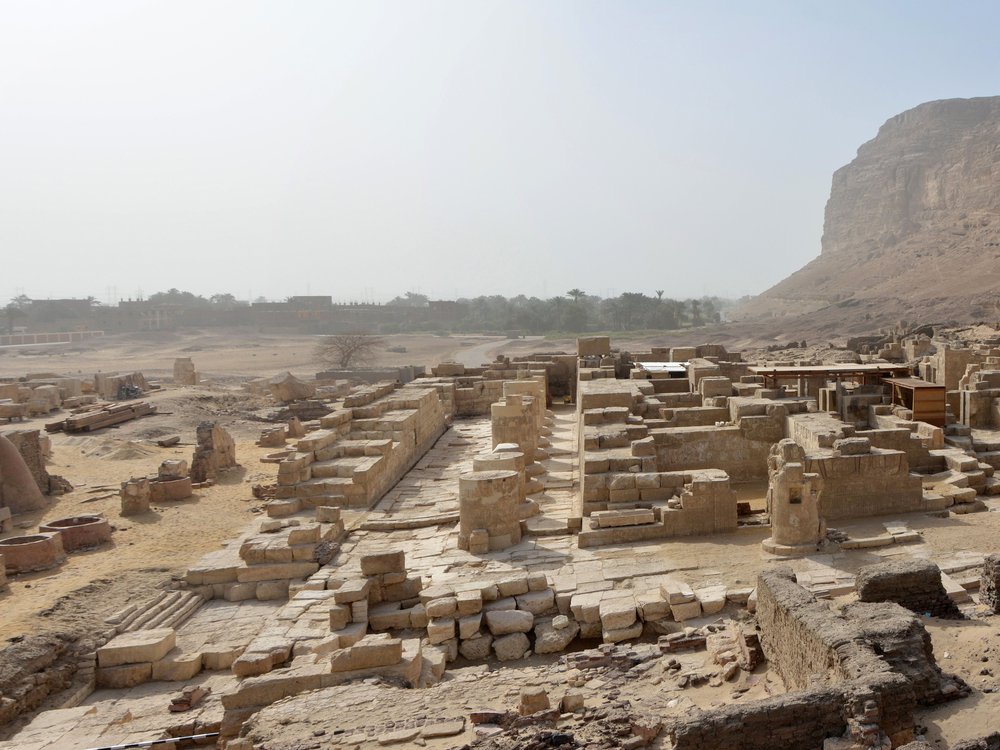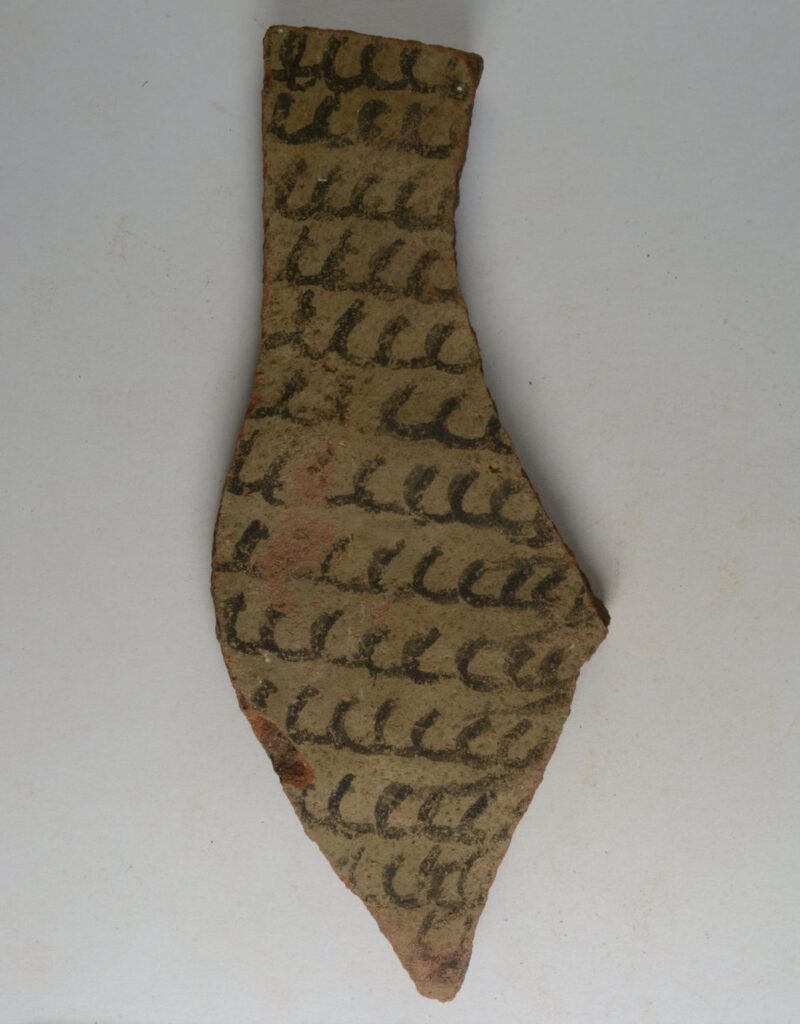Archaeologists Uncover 18,000 Ancient Egyptian ‘Notepads’
Researchers excavating the ancient Egyptian city of Athribis have discovered more than 18,000 ostraca—inscribed pottery shards that essentially served as “notepads,” writes Carly Cassella for Science Alert.

Ranging from shopping lists to trade records to schoolwork, the fragments offer a sense of daily life in the city some 2,000 years ago. Per Newsweek’s Robert Lea, the trove is the second-largest collection of ostraca ever found in Egypt.
Ancient Egyptians viewed ostraca as a cheaper alternative to papyrus. To inscribe the shards, users dipped a reed or hollow stick in ink. Though most of the ostraca unearthed in Athribis contain writing, the team also found pictorial ostraca depicting animals like scorpions and swallows, humans, geometric figures, and deities, according to a statement from the University of Tübingen, which conducted the excavation in partnership with the Egyptian Ministry of Tourism and Antiquities.
A large number of the fragments appear to be linked to an ancient school. Over a hundred feature repetitive inscriptions on both the front and back, leading the team to speculate that students who misbehaved were forced to write out lines—a schoolroom punishment still used (and satirized in popular culture) .

“There are lists of months, numbers, arithmetic problems, grammar exercises and a ‘bird alphabet’—each letter was assigned a bird whose name began with that letter,” says Egyptologist Christian Leitz in the statement.
Around 80 percent of the ostraca are written in demotic, an administrative script used during the reign of Cleopatra’s father, Ptolemy XII (81 to 59 B.C.E. and 55 to 51 B.C.E.). Greek is the second-most represented script; hieratic, hieroglyphics, Greek, Arabic, and Coptic (an Egyptian dialect written in the Greek alphabet) also appear, testifying to Athribis’ multicultural history, per Science Alert.
“We will be able to make a case study of daily life in late Ptolemaic/early Roman time[s] once we have analyzed all the texts or at least a larger part of it, which will take years,” Leitz tells Newsweek.
Tübingen archaeologists began digging at Athribis—located about 120 miles north of Luxor—in 2003. Initially, excavations were focused on a large temple built by Ptolemy to honor the lion goddess Repit and her consort Min.
The temple was transformed into a nunnery after pagan worship was banned in Egypt in 380 C.E. More recently, the team has shifted focus to a separate sanctuary west of the temple.

According to the statement, Leitz and his team found the ostraca near a series of “multi-story buildings with staircases and vaults” to the west of the main dig site.
Prior to the excavation, reports Science Alert, the only comparable collection of ostraca discovered in Egypt was a cache of medical writings found in the workers’ settlement of Deir el-Medineh, near the Valley of the Kings, in the early 1900s.
“This is a very important discovery because it sheds light on the economy and trade in Atribis throughout history,” Mostafa Waziri, secretary-general of the Egyptian antiquities ministry’s Supreme Council of Antiquities, tells Nevine El-Aref of Ahram Online.
“The text reveals the financial transactions of the area’s inhabitants, who bought and sold provisions such as wheat and bread.”
